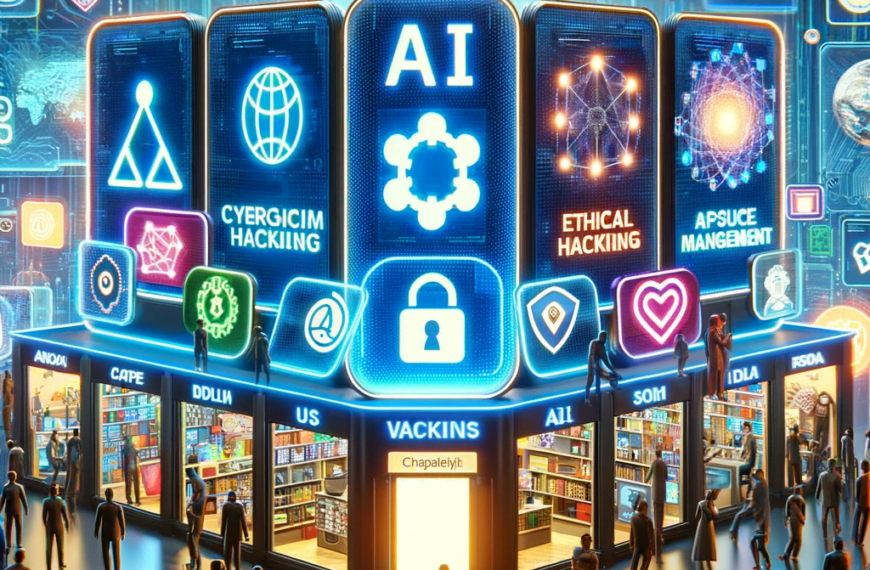
Blockchain is a set of technologies that allow a secure, decentralized, synchronized and distributed record of digital operations, without the need for third-party intermediation.
Summing it up a lot, it is a big ledger in which the records (the blocks) are linked and encrypted to protect the security and privacy of the transactions. In other words: a secure database, thanks to encryption, which can be applied to all types of transactions, not only financial but to everything of value.
Each of the data blocks is protected and linked to each other, allowing the participation of certain users (each one associated with a block). Thus, the transaction is not verified by a third party, but by the network of nodes (computers connected to the network), which is also the one that authorizes any update in the Blockchain by consensus.
To give an example, you can think that company A wants to send money to company B. When doing it with blockchain, the transaction is represented as a block of data, which is transmitted to each of the parties that make up the network.
The latter must approve the validity of the operation. The money moves and the block will be added to the chain, thus generating the immutable and transparent record.
Therefore, blockchain technology fulfills the function of registering, preserving and protecting the information of any type of digital operation, without the intervention of third parties. In other words, it operates as a shared and continuously updated database, making it easy to share assets and manage smart contracts, among other options.
In practice, it can be used in an endless number of industries in tasks that go beyond the exchange of money, such as accounting records, product traceability in the supply chain, medical and identity record management, loyalty plans. , contracts and dispute resolution.



